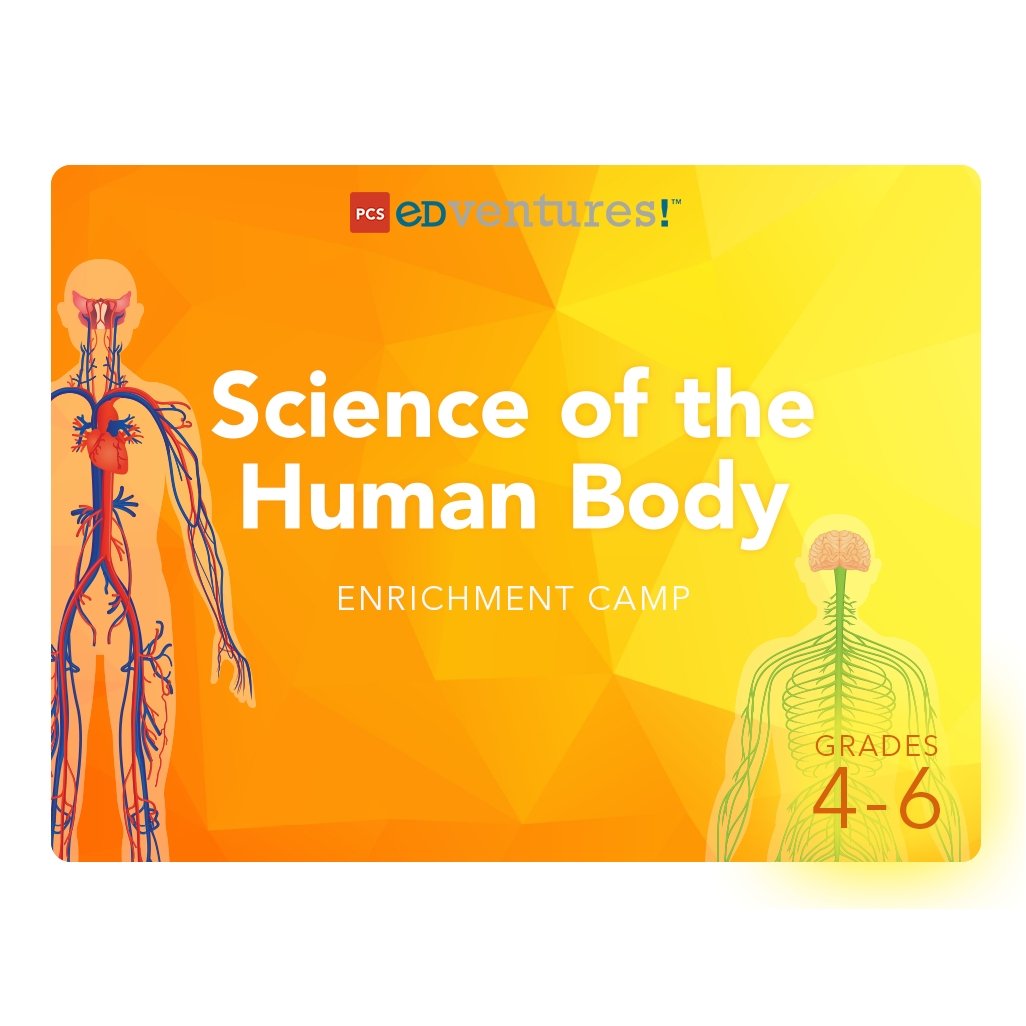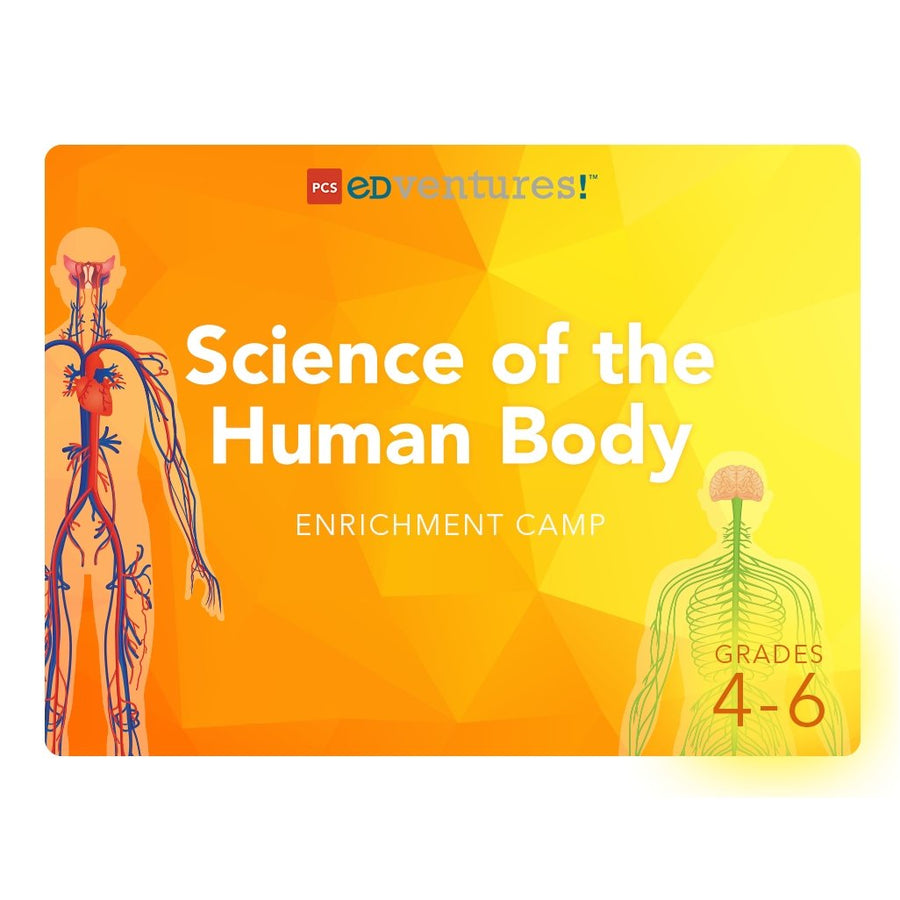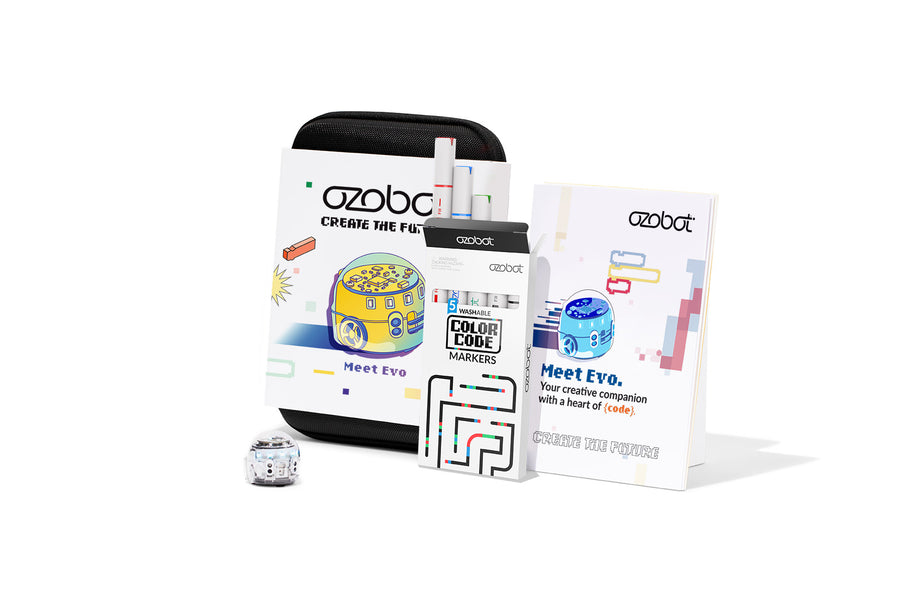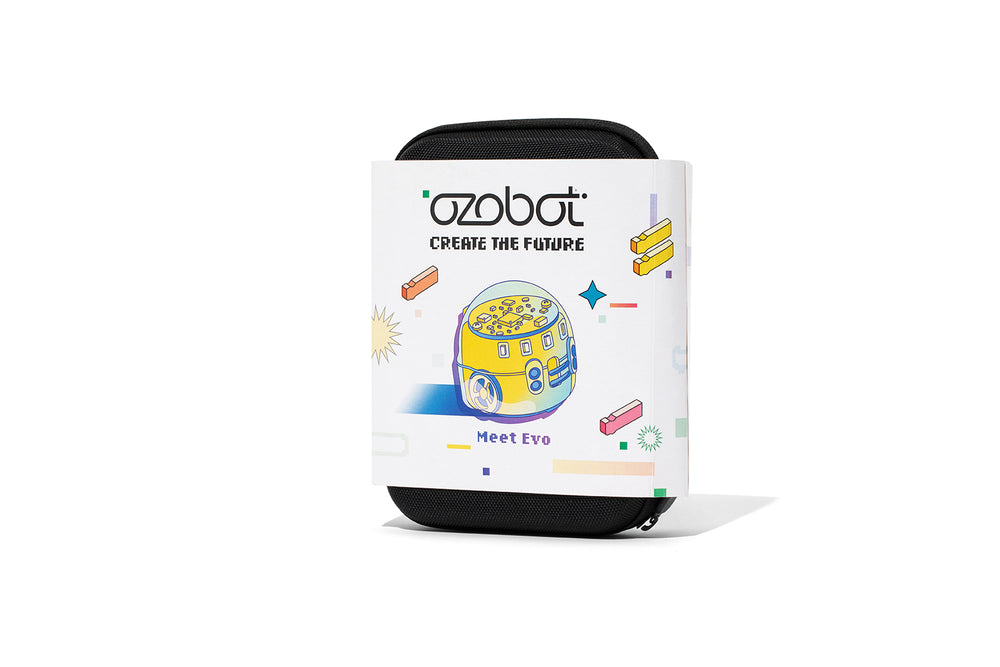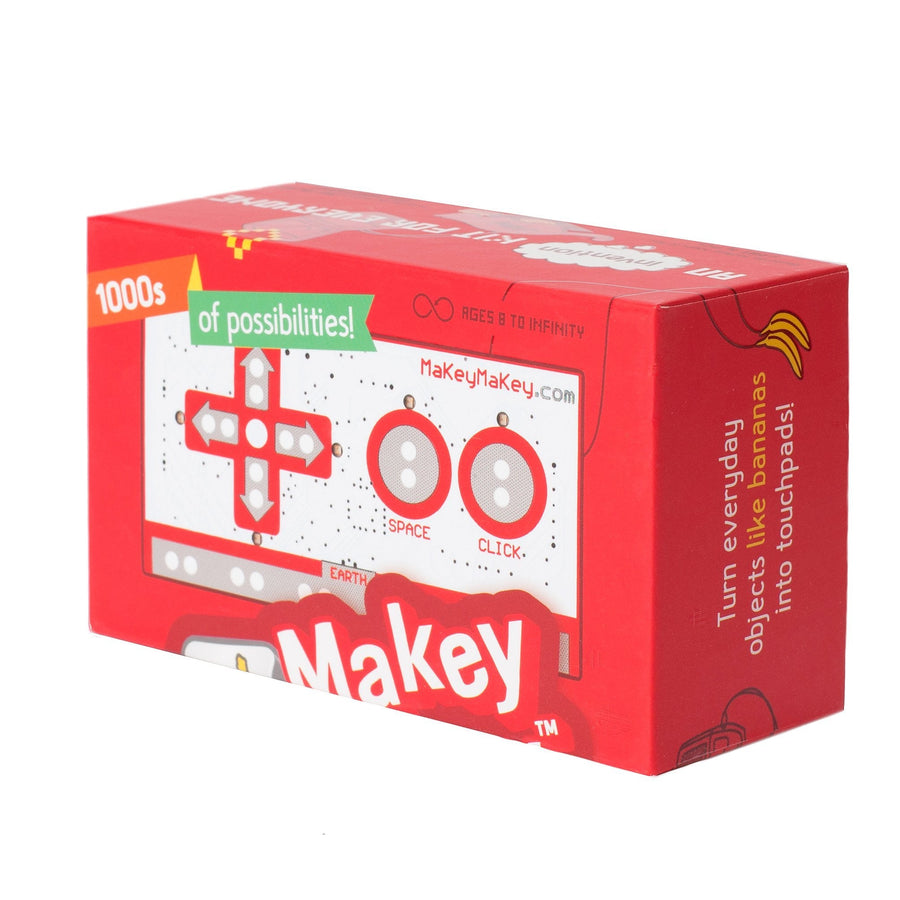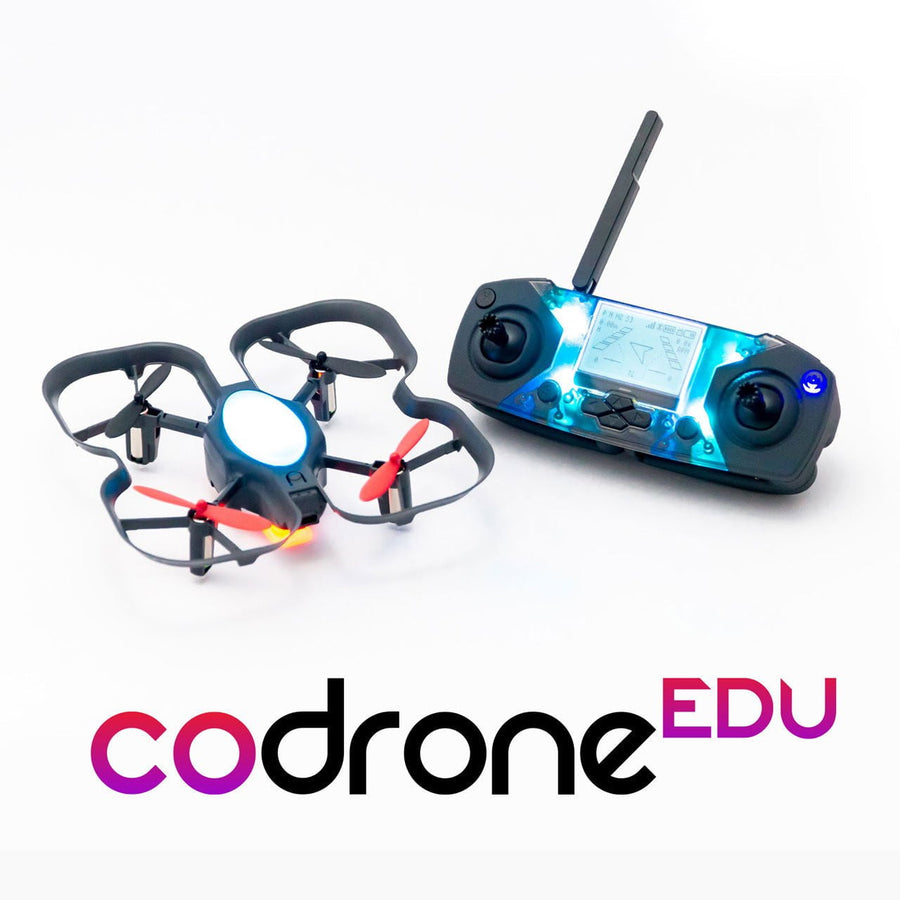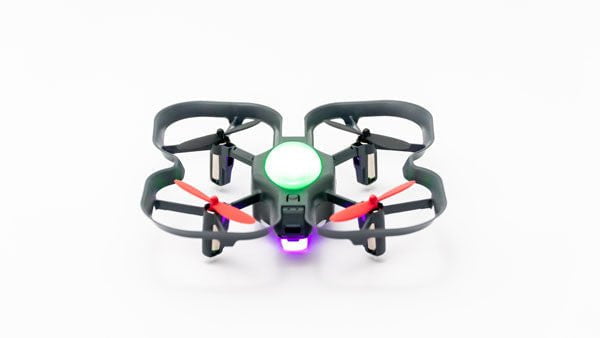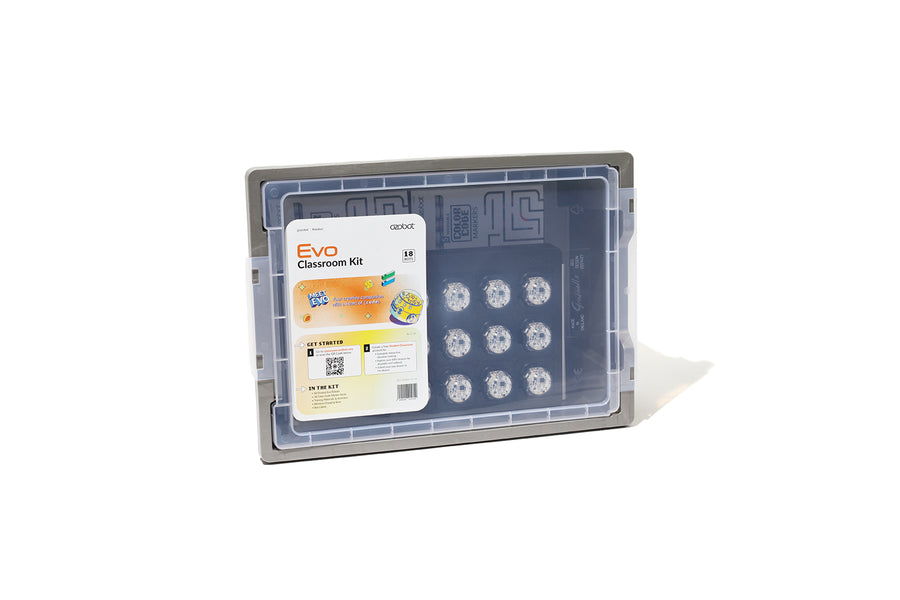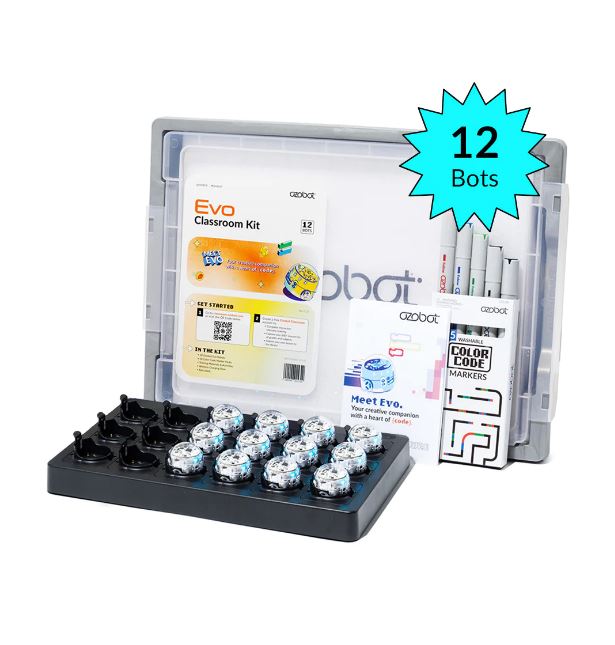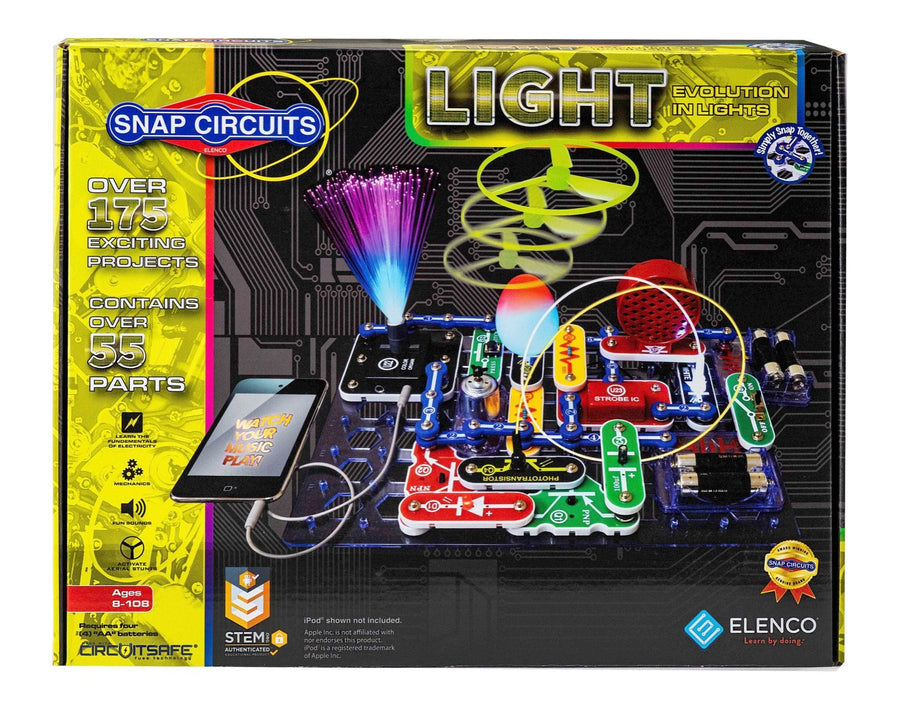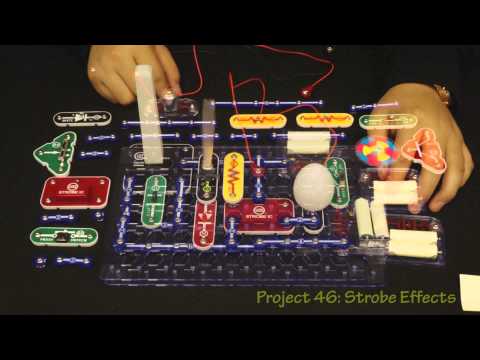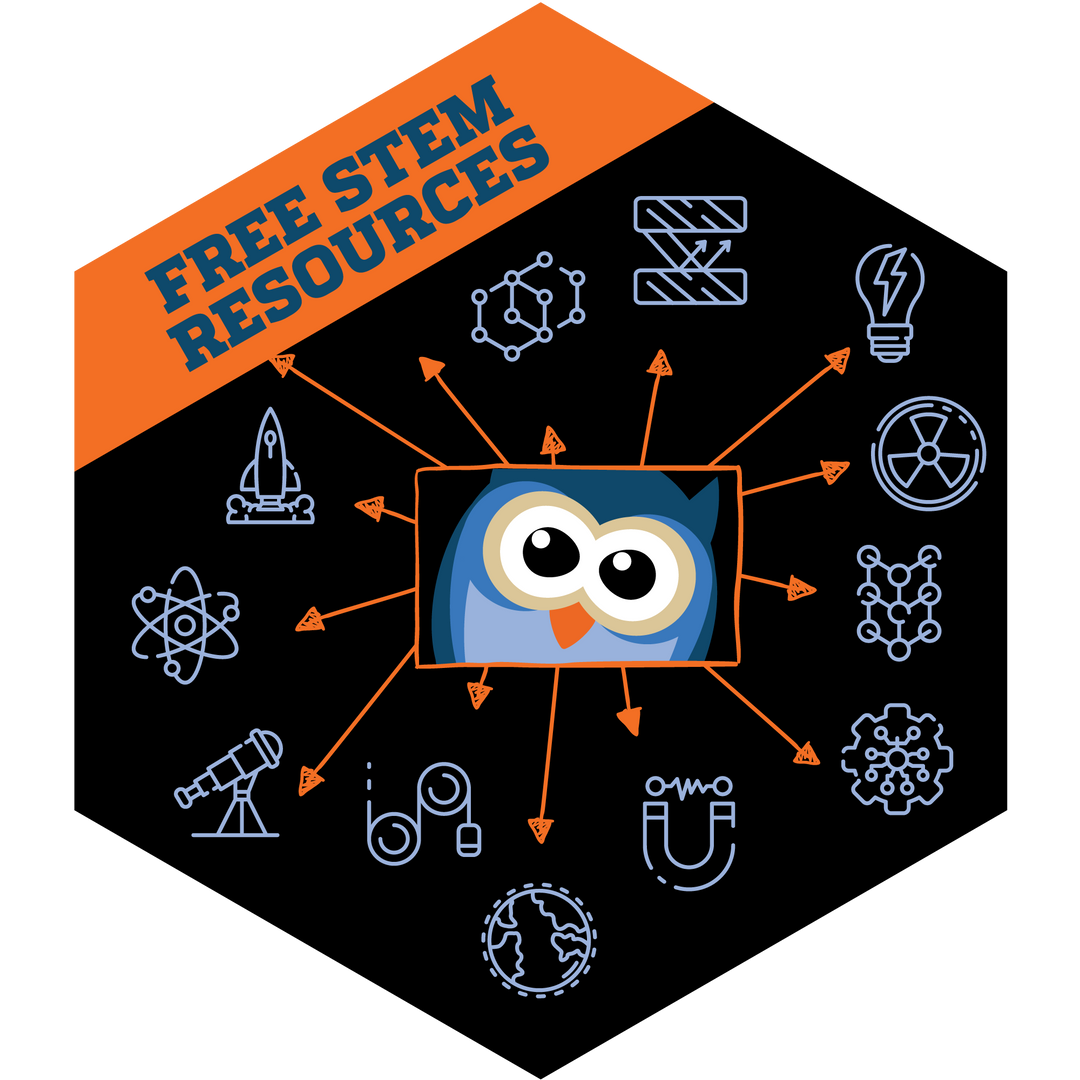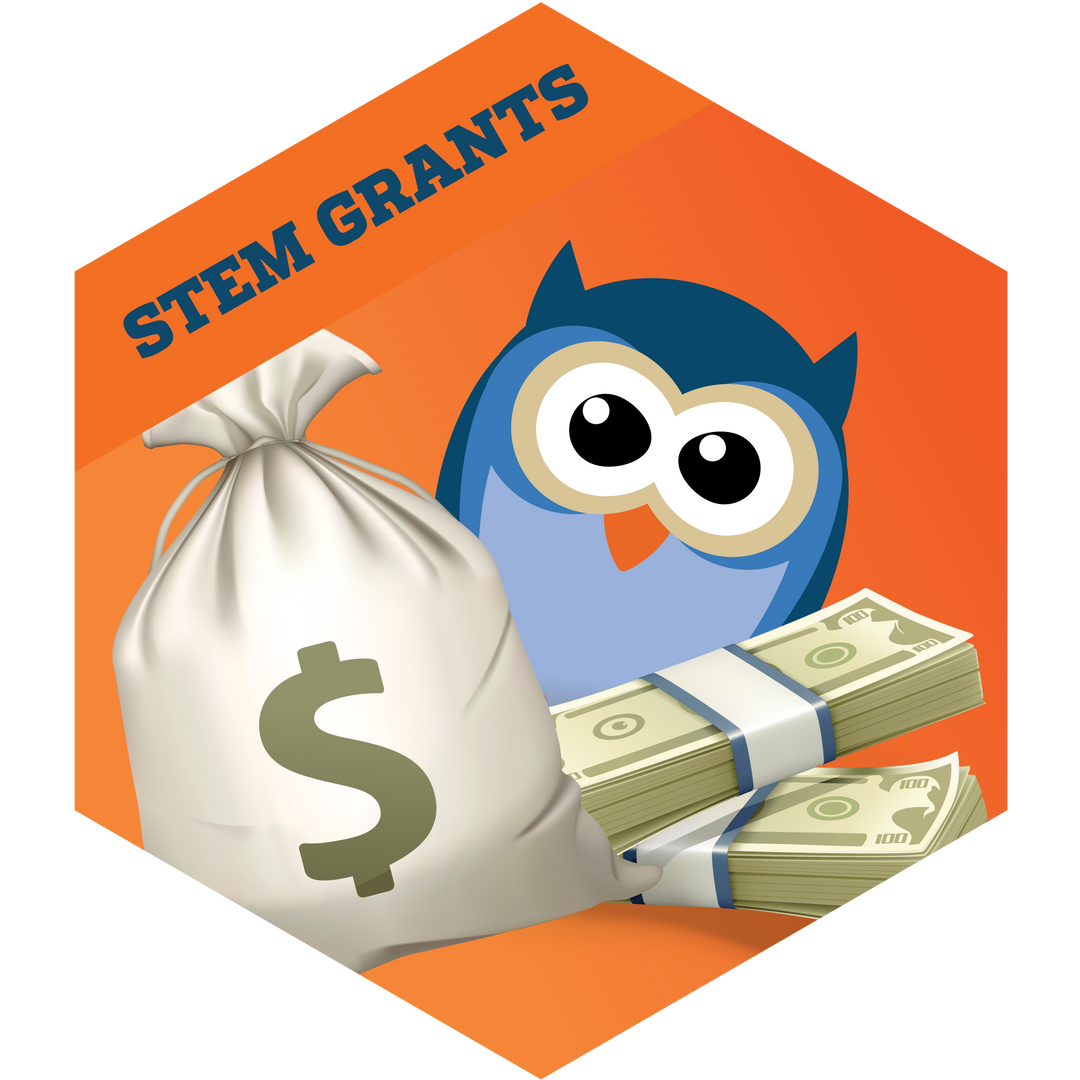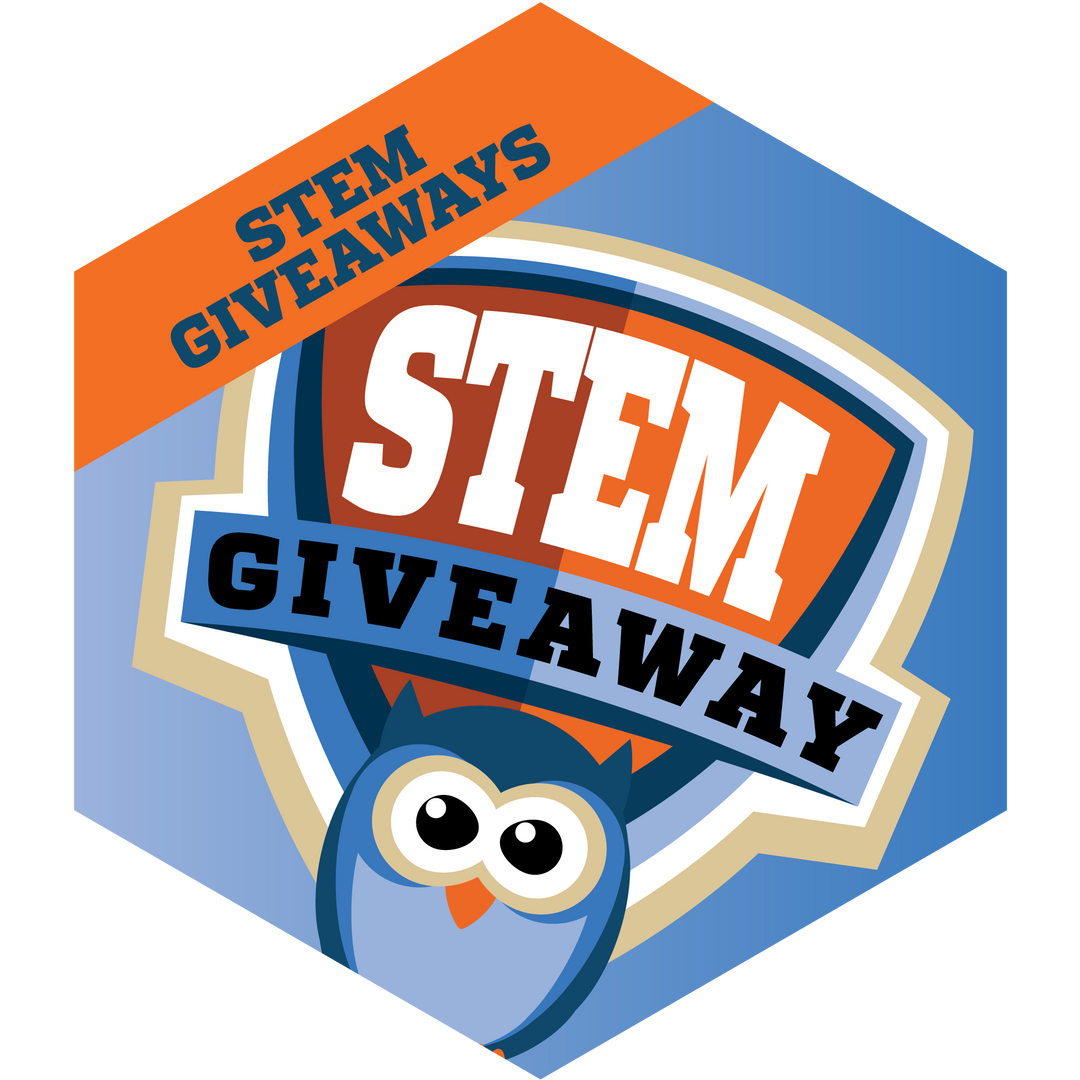Science of the Human Body Camp
-
Grades: 4-6
-
Number of Students:‚ 30
- Contact Hours: 12+
- Lesson Plan Sample PDF
The human body is a mysterious and wondrous creation, which still baffles many scientists with its intricacies. The Science of the Human Body camp dives into the basics of bodily functions such as the mechanics of movement, senses like sight and sound, the balance of internal systems working together and automatic responses to the external world. Students learn the wonders of the body with activities like running for one minute, measuring heart rate and calculating approximately how much energy was expended. In addition, students learn the importance of refueling the body with proper nutrition after physical activities. Maintaining health and fitness is a lifelong endeavor, and this camp is the perfect introduction for students to learn the basics!
The Science of the Human Body Camp includes all of the curriculum and materials needed for summer camps, after-school environments, and classroom enrichment time.
Each Activity Guide Includes:
- Schedule
- Opening and Closing Discussion Topics
- Step-by-Step Activity Instructions
- Topic Background and Vocabulary
- Materials List
Lesson Titles:
- Bones
- Muscles
- Joints
- The Heart
- The Lungs
- Guts
- Nerves
- Ears
- Skin
- Eyes
- The Mind
- Fun and Games
Materials Included:
The camp comes with an Instructor Manual, 30 printed sets of student curriculum pages, and all the supplies needed for 12 days of activities:
- Sterilite tub (10 gal) - 1
- Balloons (7-11) - 50
- Calculator - 1
- Construction Paper (9x12, various colors) - 50
- Dry erase markers (black, fine tip) - 31
- Dry erase page pockets - 31
- Glue (4 oz, liquid white) - 8
- Kraft paper (36x36) - 20
- Magnifying glasses - 30
- Paper clips - 100
- Scissors (5 pointed) - 30
- Stethoscopes - 8
- Masking tape (60 yd) - 4
- Red yarn (256 yd) - 1
- Tan yarn (256 yd) - 1
Next Generation Science Standards:
4-PS3-2 Make observations to provide evidence that energy can be transferred from place to place by sound, light, heat, and electric currents.
4-PS4-2 Develop a model to describe that light reflecting from objects and entering the eye allows objects to be seen.
4-LS1-1 Construct an argument that plants and animals have internal and external structures that function to support survival, growth, behavior, and reproduction.
4-LS1-2 Use a model to describe that animals receive different types of information through their senses, process the information in their brain, and respond to the information in different ways.
3-5-ETS1-1 Define a simple design problem reflecting a need or a want that includes specified criteria for success and constraints on materials, time, or cost.
3-5-ETS1-2 Generate and compare multiple possible solutions to a problem based on how well each is likely to meet the criteria and constraints of the problem.
3-5-ETS1-3 Plan and carry out fair tests in which variables are controlled and failure points are considered to identify aspects of a model or prototype that can be improved.
NGSS MS-LS1-8 Gather and synthesize information that sensory receptors respond to stimuli by sending messages to the brain for immediate behavior or storage as memories.
Common Core State Standards for Math:
CCSS.MATH.CONTENT.4.NBT.B.6 Find whole-number quotients and remainders with up to four-digit dividends and one digit divisors, using strategies based on place value, the properties of operations, and/or the relationship between multiplication and division. Illustrate and explain the calculation by using equations, rectangular arrays, and/or area models.
CCSS.MATH.CONTENT.5.NBT.B.5 Fluently multiply multi digit whole numbers using the standard algorithm.
CCSS.MATH.CONTENT.5.MD.C.3 Recognize volume as an attribute of solid figures and understand concepts of volume measurement.
CCSS.MATH.CONTENT.5.G.A.2 Represent real world and mathematical problems by graphing points in the first quadrant of the coordinate plane, and interpret coordinate values of points in the context of the situation.
CCSS.MATH.CONTENT.6.SP.B.5.C Summarize numerical data sets in relation to their context, such as by: Giving quantitative measures of center (median and/or mean) and variability (interquartile range and/or mean absolute deviation), as well as describing any overall pattern and any striking deviations from theoverall pattern with reference to the context in which the data were gathered.
CCSS.MATH.CONTENT.6.RP.A.3.D Use ratio reasoning to convert measurement units; manipulate and transform units appropriately when multiplying or dividing quantities.
Note: Due to production time, this item typically ships 2-3 weeks after receipt of the order. During peak season, April-June, lead time is around 6 weeks. Please plan and order accordingly.


